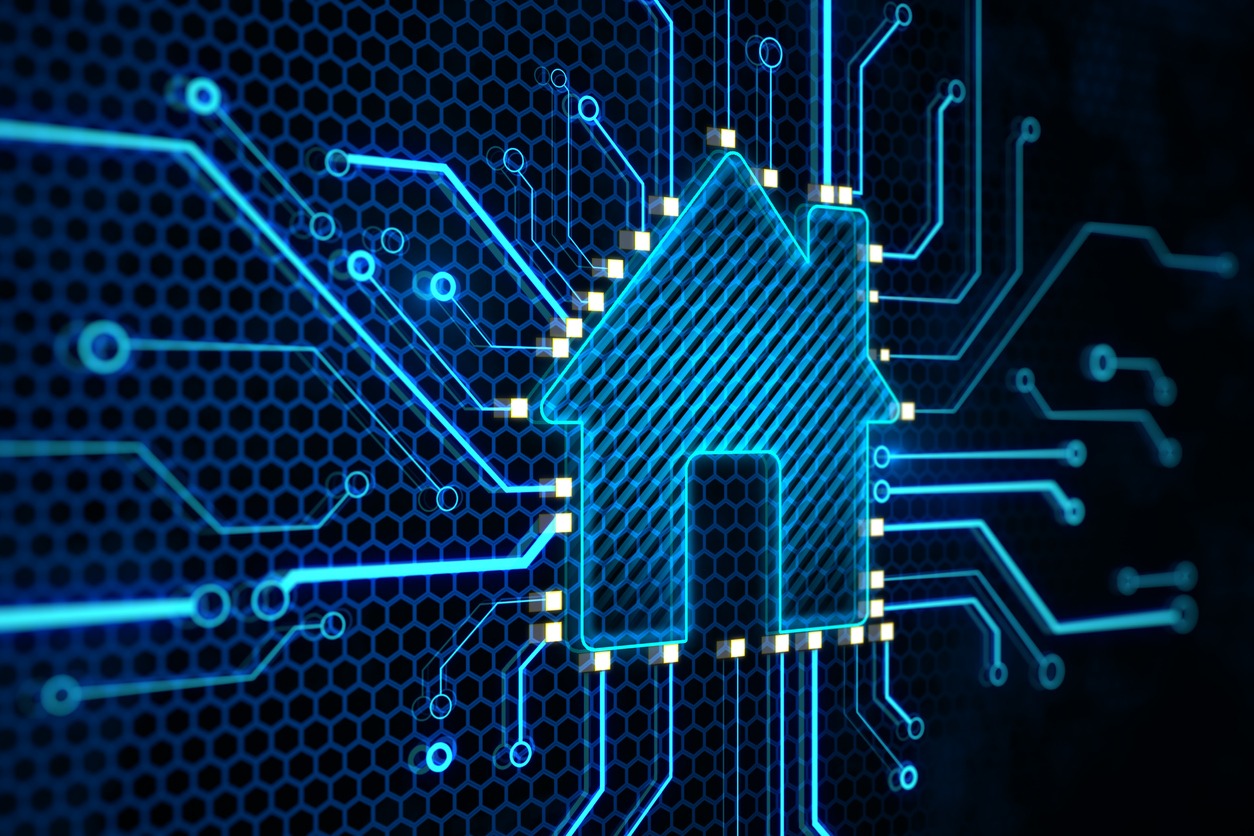With advancements in technology, the concept of a smart home is no longer a distant dream, but a reality for many homeowners today. Smart home statistics shed light on the increasing number of connected devices and the undeniable influence of this revolution on our daily lives. In this article, we explore the colorful world of smart homes, why they are gaining popularity, and what the future holds for connected living.
A Growing Trend: The Popularity of Smart Homes
The adoption of smart home technology has been on the rise in recent years. In fact, statistics show that the global smart home market size is expected to reach a staggering $157.3 billion by 2023, with a compound annual growth rate (CAGR) of 13.6% between 2018 and 2023. This significant growth can be attributed to several factors, including increased consumer awareness, technological advancements, and the desire for energy-efficient and convenient living.
The Rise of IoT and the Connected Home Ecosystem
The expansion of the Internet of Things (IoT) has played a pivotal role in the evolution of smart homes. IoT has allowed devices to communicate and interact with each other, while also enabling remote access and control. This collaboration across multiple devices has contributed to the development of a holistic connected home ecosystem, ensuring seamless functionality and personalized experiences for homeowners.
Top Smart Home Categories: What Homeowners Want
As the smart home market expands, so do the variety of devices and technologies available. Some of the most popular smart home categories include:
Home automation:
Automating daily tasks has become a focal point in smart home technology. This includes functions like turning lights on and off, adjusting thermostats, and remotely controlling appliances.
Smart security:
Intuitive security systems that provide homeowners peace of mind have gained popularity. These systems may contain smart locks, security cameras, and intrusion detection devices.
Entertainment:
Smart TVs, multi-room audio systems, and voice-controlled assistants have transformed the world of entertainment in connected homes.
Energy management:
Smart energy management devices such as thermostats, lighting systems, and energy monitoring tools help homeowners save on energy costs and reduce environmental impact.
Smart Home Connectivity: Wi-Fi, Bluetooth, and Beyond
The way smart home devices connect and communicate is vital to their functionality. The most common connectivity options include Wi-Fi, Bluetooth, Zigbee, and Z-Wave. Each option has its strengths and weaknesses, depending on factors like range, interference, and device compatibility. The continued development of connectivity technologies will play a significant role in shaping the future of smart homes.
Smart Speakers and Voice Assistants: The Heart of Smart Homes
Smart speakers and voice assistants have become increasingly popular, positioning them as a central hub for many connected homes. Devices such as Amazon Echo, Google Home, and Apple HomePod allow users to control multiple smart home devices and perform tasks using voice command. The voice assistant market is expected to grow rapidly, with an estimated 8.4 billion units in use by 2024.
Keeping Smart Homes Secure: The Importance of Cybersecurity
As the smart home industry grows, so does the need to ensure the privacy and security of users data. Cybersecurity plays a crucial role in protecting smart homes from potential threats, considering the vast amounts of personal information collected and stored on connected devices. Manufacturers must prioritize encrypted communications, regular security updates, and user-friendly settings to maintain trust and secure smart homes.
Looking Forward: The Future of Smart Homes
The evolution of smart homes is only just beginning, with more advancements in IoT, artificial intelligence (AI), and machine learning technologies to come. The future of smart homes will include more intuitive, personalized experiences tailored to individual homeowners needs. As our living spaces become increasingly connected, we can expect a more efficient, secure, and convenient lifestyle in the years to come.

